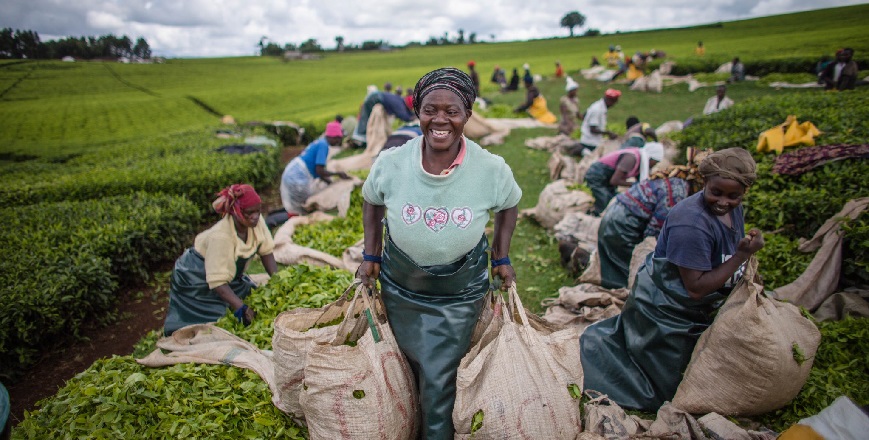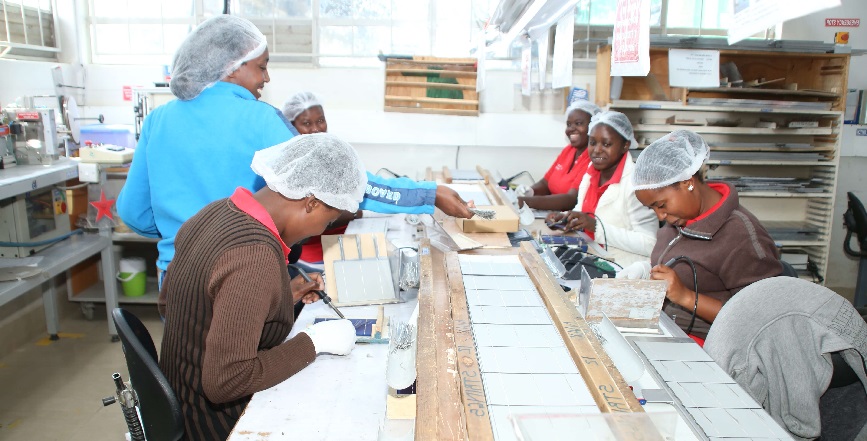Kenya has the 65th-largest consumer market of the world. For years, Nairobi, the capital of Kenya has been the cradle of technological innovation in Kenya. Kenya is a developing country; Agriculture has been the main source of income in Kenya. Kenya agriculture is the second-largest contributor to gross domestic product (GDP).
In 1980, agriculture was reported as 33% of Kenya’s overall GDP. In 1990, the value agriculture added to GDP was 30% and in the year 2000, it increased to 32%. Later in 2011, the value agriculture added to overall GDP fell to 23%.
The expansion credit to the agricultural sector has enabled farmers to better deal with the large risk of agriculture. Kenya is best suited for its climate based on rainfall and the dramatic fluctuations in the prices of agricultural products. However, 15% of Kenya’s total land area has sufficient fertility and rainfall to be farmed and only 7 or 8% can be classified as the first-class land.
Tea, coffee, corn and wheat are grown in fertile highlands in Kenya, which results in one of the most successful agricultural production regions in Africa. Coconuts, pineapples, cashew nuts, cotton and sugarcane are grown in lower land areas.

Types of industries in Kenya:
Kenya is improving its technology innovations development over recent years. Kenya is the most successful industrially developed country in East Africa. Different types of industries in Kenya include:
- Agriculture industry
- Forestry industry
- Fishing industry
- Mining industry
- Manufacturing industry
- Energy industry
- Tourism industry
- Financial services
However, due to urbanization, the industry and manufacturing sectors in Kenya have become increasingly important to the development of the economy. It is also and been reflected by an increasing gross domestic product (GDP).

What are Kenya’s chief exports?
Chief main exports in Kenya are horticultural products and tea. The two most valuable of all Kenya’s exports are horticultural produce and tea are the main growth sectors. The top exports in Kenya are tea, cut flowers, petroleum and coffee. The leading imports in Kenya are crude petroleum, chemicals, manufactured goods and machinery and transportation equipment.
Thus, many of Kenya’s problems relating to the export of goods are believed by most economists to be caused by Kenya’s export of inexpensive goods. These goods saturate the global market but do little to substantially raise the amount of money coming into the country. Through these ways, Kenya gets its money.



